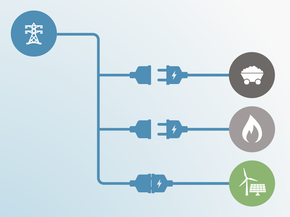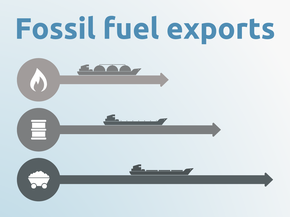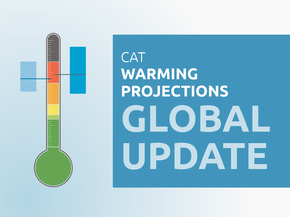Assumptions
Historical data
Historic data is taken from Mexico’s First Biennial Update Report (Government of Mexico, 2015b), as submitted to the UNFCCC. It uses Global Warming Potentials (GWPs) from the IPCC Second Assessment Report (SAR).
Pledges
The reference level projections for the 2020 pledge are from the technical annex to Mexico’s National Climate Change Strategy from 2013 (Federal Government of Mexico, 2013). We used this baseline because it is included in Mexico’s national law as a reference for the pledge. We first calculated the pledge including LULUCF emissions. We then deducted the current policy LULUCF emissions, based on the BAU scenario from the NDC document, from the pledge contribution including LULUCF.
To calculate the absolute emissions level resulting from the NDC, we used the baseline provided in the NDC document. The document specifically states that emissions were calculated using Global Warming Potentials from the IPCC’s 5th Assessment Report. The CAT uses GWPs from the Second Assessment Report as a common reference. We were not able to convert the emission levels, as the distribution of gases in the given baseline levels are unknown. Instead, we applied the growth rates from the NDC baseline scenario to the historic data (in SAR) starting after 2013. We then calculated the NDC contribution including LULUCF based on this harmonized baseline scenario. To exclude emissions from the LULUCF sector, we deducted the projected LULUCF emissions from the NDC baseline scenario.
Current policy projections
We took the BAU as reported in the documentation accompanying the NDC (Government of Mexico, 2015a) as a starting point for the current policy projections. We harmonized the BAU to historic data as described in the section above. The range for the current policies scenario is based on calculations around the Clean Energy Target as set in the Energy Transition Law and electricity generation projections from the Mexican government.
In previous analyses, we have quantified the impact of the PECC. The PECC was expected to achieve emissions reductions of about 83 MtCO2e in 2018 from a baseline of 1009 MtCO2e (in 2020, incl. LULUCF). The baseline scenario from the NDC, once harmonized to historic data, projects emissions of 760 MtCO2e in 2020, incl. LULUCF. The difference between the PECC and NDC baselines is nearly 250 MtCO2e, and so we assume that the reductions from the PECC are achieved in the NDC baseline and do not quantify the impact of the PECC further.
We assess two scenarios for the implementation of the clean energy targets and electricity generation through 2030. A first scenario assumes that the clean energy targets will be reached according to the fuel mix provided in the Energy Outlook by SENER (2017b). This includes a 7% share of nuclear in 2030 (which suggest a 250% increase in nuclear power generation compared to current values). In a second scenario, we assumed that generation from nuclear would remain constant to 2030 (as it is projected to through 2027), and that the additional electricity would be generated using efficient co-generation, which is likely to include natural gas, which still emits CO2. Mexico includes efficient co-generation in its definition of clean energy, and has projected higher shares of co-generation in the past (SENER, 2015b).
Black carbon
We estimate that the net effect of black carbon emission reductions additional to those resulting as a co-benefit from reductions in CO2 to be negligible. There is no established scientific method to compare the climate benefits of black-carbon reductions to those of CO2 and other greenhouse gases. The IPCC has not provided such estimates even in its most recent Fifth Assessment Report. Although the NDC does specify a metric to compare with CO2 (GWP of 900), this value is unsuitable to use in this policy context and the single literature source (Bond et al., 2013) to which the NDC refers to states:
- "… the summed climate forcing of all species for a source category emitting in a particular region (or season) may have a different magnitude than the global average, or even a different sign.”
- “The 100-year global-warming-potential (GWP) value for black carbon is 900 (120 to 1800 range) with all forcing mechanisms included. The large range derives from the uncertainties in the climate forcing for black carbon effects.”
- “Co-emission effects … are not captured by BC metrics presented here…”
- “These and other differences raise questions about the appropriateness of using a single metric to compare black carbon and greenhouse gases.”
The paper to which the NDC refers to (Bond et al. 2013) estimates that the combined global warming effect of black carbon and its co-emitted species is slightly negative and notes that the “reduction of aerosol concentrations by mitigating BC-rich source categories would be accompanied by small to no changes in short-term climate forcing.”
Note: this is not generally the case for certain other air pollutants (e.g. reductions in sulphate aerosols would lead to warming), so that while measures to reduce black carbon do not generally help to combat climate change, these are highly welcomed as a climate-neutral measure to improve local air quality, thereby reducing health impacts.
Further analysis
Latest publications
Stay informed
Subscribe to our newsletter







